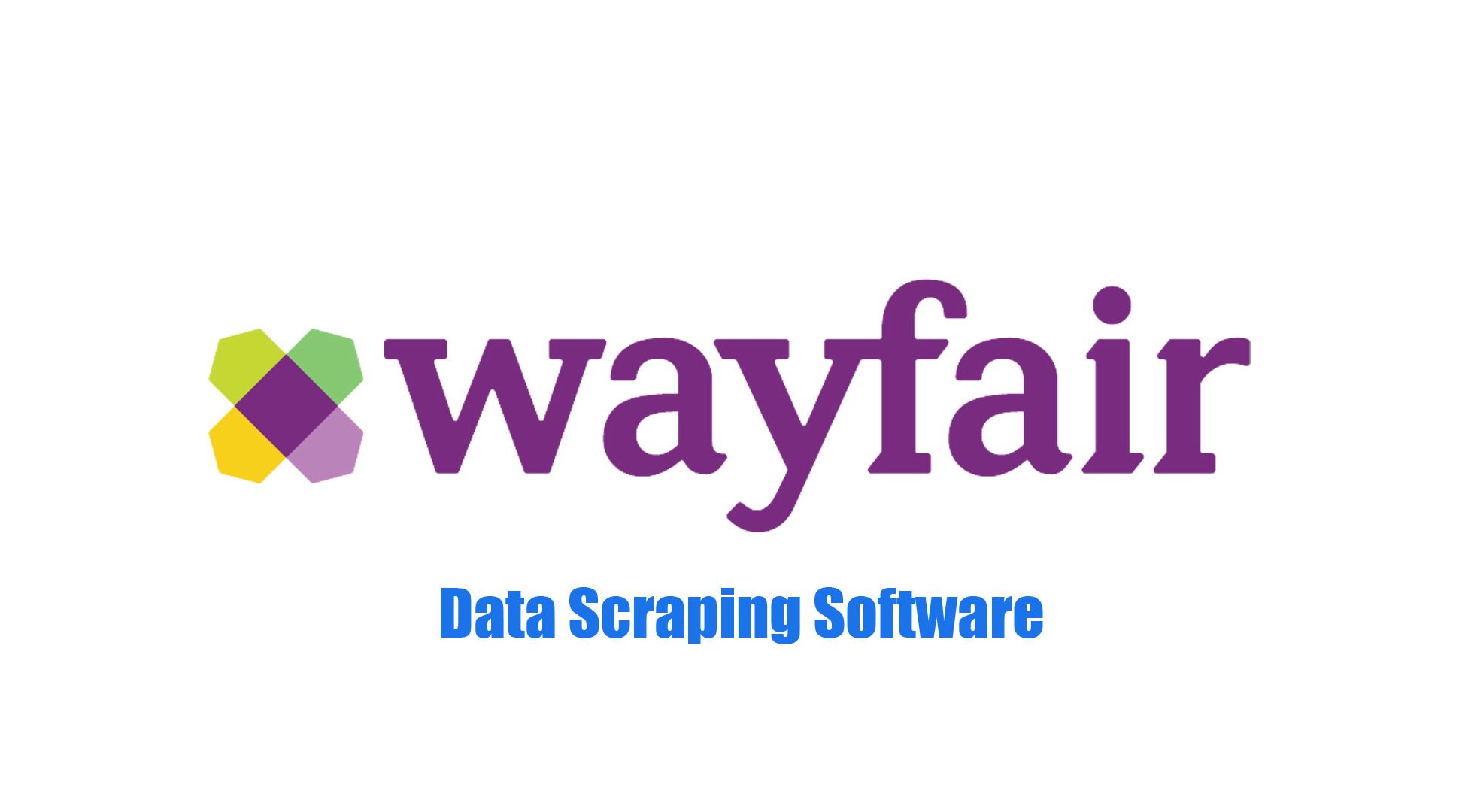Web Scraping With a Proxy Pool In 2025
Web scraping is a powerful tool for gathering data from websites, but as web scraping becomes more common, so do measures to prevent it. Many websites employ techniques like IP blocking, CAPTCHA challenges, and rate-limiting to safeguard their data and resources. One of the most effective ways to overcome these barriers and ensure continuous scraping without getting blocked is by using a proxy pool.
In this article, we will explore the concept of a proxy pool, its benefits, and how you can set up and use a proxy pool for web scraping. We'll also look at how services like MoMoProxy can help streamline this process.
![]()
A proxy pool is a collection of proxy servers that can be rotated to ensure your scraping process remains anonymous and efficient. When you scrape a website, each request you make typically comes from a specific IP address. If a website detects too many requests from a single IP, it may block or throttle your access.
By using a proxy pool, you can distribute your requests across multiple IP addresses, effectively masking your scraping activity and reducing the likelihood of being blocked.
-
Avoiding IP Blocks: One of the main reasons for using a proxy pool is to avoid IP bans. If a website notices too many requests coming from one IP address in a short time, it may flag that IP and block it. By rotating IP addresses, a proxy pool minimizes this risk.
-
Bypassing Geo-restrictions: Some websites restrict access to users from specific countries. A proxy pool allows you to use IP addresses from different regions, bypassing geographical restrictions.
-
Faster Scraping: With multiple proxies working simultaneously, your scraping tasks can be executed faster and more efficiently. This is especially important for large-scale scraping operations where data is being extracted from multiple pages or even multiple websites at once.
-
Improved Anonymity: Proxies help mask your identity by routing your requests through different IP addresses. This makes it much harder for websites to identify and block your scraper.
-
Captcha Avoidance: By distributing requests across a pool of proxies, you reduce the likelihood of triggering Captchas or other anti-bot mechanisms that websites often deploy to block automated traffic.
A proxy pool typically consists of a large number of proxy IP addresses that are fetched from a pool of available proxies and rotated through the scraping process. Each time your scraper makes a request, it uses a different proxy IP from the pool. This rotation can be handled manually or automatically through a proxy management tool or service.
For instance, when scraping a website:
- Initialization: The proxy pool is initialized, either from a static list of proxies or from a proxy provider like MoMoProxy.
- Request Handling: Each HTTP request made by the scraper is routed through a proxy in the pool. The IP address used for the request will vary based on the configuration of the pool.
- IP Rotation: After a set number of requests or a specific time interval, the scraper rotates to the next available proxy in the pool, ensuring that no single IP address is overused.
- Error Handling: If a proxy gets blocked or blacklisted, the pool manager can automatically exclude it from the rotation until it's available again.
The first step in setting up a proxy pool is selecting a reliable proxy provider. MoMoProxy is a solid choice, offering high-quality residential IP proxies that support HTTP, HTTPS, and SOCKS5 protocols. MoMoProxy provides access to over 80 million residential IPs across 200+ countries, ensuring a vast pool for rotation and minimizing the chances of getting blocked.
Proxy rotation strategies can vary depending on the scale and complexity of your scraping operation. Here are a few common strategies:
- Round-robin rotation: Proxies are used in a circular order. Once all proxies have been used, the rotation starts again from the beginning.
- Random rotation: Proxies are selected randomly from the pool, reducing predictability.
- Sticky sessions: Some web scraping tasks require a consistent IP address for the duration of the session (e.g., logging into an account). In this case, the same proxy will be used for a series of requests.
Once you've set up your proxy provider and chosen your rotation strategy, you'll need to integrate the proxy pool into your scraping script. Here’s a basic example using Python with the requests library:
In this example, the proxy pool is a simple list of proxies, and the fetch_url function randomly selects one for each request. You can scale this approach to handle thousands of requests and use more sophisticated proxy management libraries or services.
While proxies can help prevent blocks, they can still experience downtime or get blocked. You'll want to incorporate error handling and monitoring for proxy health. Some features to consider:
Automatic retries: If a request fails due to a proxy being blocked, retry the request with another proxy. Monitor proxy health: Regularly check the status of proxies in the pool to ensure they are functioning properly and replace bad proxies as needed.
If you are scraping at a large scale, it's important to have a mechanism in place to manage and scale your proxy pool. For example:
Use a proxy pool manager: Some services like MoMoProxy provide advanced proxy management tools that allow you to automate proxy rotation, track proxy performance, and scale your proxy pool dynamically. Log requests and blocks: Track the IP addresses of proxies that are getting blocked, so you can remove them from rotation and replace them with fresh proxies.
Using a proxy pool is an essential strategy for web scraping at scale. It helps you avoid IP bans, bypass geo-restrictions, and improve the overall performance of your scraper. By integrating a proxy pool into your scraping process, you can ensure that your scraping tasks run smoothly and effectively.
Services like MoMoProxy provide high-quality, global residential proxies, making it easier to build and maintain a proxy pool for your scraping projects. Whether you're collecting data for research, business intelligence, or competitive analysis, a well-managed proxy pool is key to success in web scraping.









